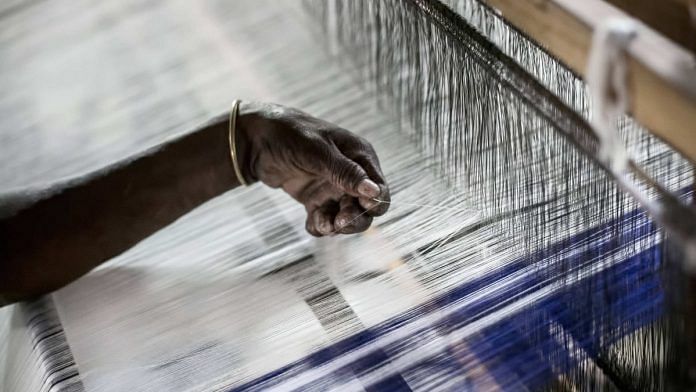Government estimated there were 1.3 lakh new cases in 2016. Experts say it is an understatement.
New Delhi: It was 13 years ago that India announced the elimination of leprosy, a highly stigmatised disease characterised by lesions and sensory loss, but it appears now that the government may have jumped the gun.
According to a recent report published in medical journal Lancet, leprosy may be seeing a resurgence in India because efforts to prevent it took a backseat after the 2005 announcement.
Speaking to the health journal, Vineeta Shanker of Sasakawa–India Leprosy Foundation, an organisation working to curb the stigma attached with the disease, said, “In 2005, while we were applauding ourselves, we did not look deep enough to see the regional variations.”
“That, in itself, should have given us a pointer that this problem was far from over,” she added. “The government is completely in denial about the levels of leprosy in the country.”
Leprosy is a chronic infectious disease caused by Mycobacterium leprae and is transmitted via droplets from the nose and mouth. The infection primarily affects the skin, peripheral nerves, mucosa of the upper respiratory tract, and eyes. Leprosy can lead to major disfigurement and nerve damage, but is easily curable.
In 2016, according to government estimates, over 1.3 lakh cases of leprosy were detected. But if experts are to be believed, this was a gross underestimation.
A survey conducted by the Indian Council of Medical Research between 2008 and 2011 discovered as many as 250,000 new cases of leprosy in India each year.
The lull in prevention efforts after 2005 is said to have directly led to a dearth of resources to tackle the problem head on.
Also read: Disabled Indians have climbed the Mount Everest, but still struggle to enter temples and mosques
Nikita Sarah of the Leprosy Mission Trust India, one of the oldest and largest organisations in the country focused on treating the disease, spoke to ThePrint about the problems that arose after the announcement.
“The general perception among the masses as well as the parliamentarians was that leprosy has been eradicated,” she said.
“In fact, every four minutes, someone is diagnosed with leprosy in the country. Thirty children are diagnosed with the disease per day on an average.”
‘Easiest to treat’
“Ever since the disease was moved from a public health issue to general health, we started depending on voluntary reporting,” she added.
This acted as a huge deterrent because of the stigma leprosy, one of the oldest diseases known to humankind, carries.
Sarah said leprosy was one of the easiest diseases to diagnose as well as treat. The first dose of a multi-drug therapy can result in significant reduction in the infection. But all of this requires early-stage detection.
The lowered intensity of efforts can also be attributed to widespread confusion about the difference between eradication and elimination in disease control. While eradication signifies complete victory over a disease, elimination means reducing it to less than one case per 10,000 people and requires constant intervention.
Meanwhile, earlier this week, the Supreme Court weighed in on the constant harassment suffered by leprosy patients. The court said Friday that there should be no discrimination against leprosy patients and adequate rehabilitation measures ensured for them.
Also read: Delhi sweet maker’s son gets first electric prosthetic arm under disability act
The order came in light of a PIL filed by a visually challenged lawyer, Pankaj Sinha, who said that those affected with leprosy continue to face discrimination in public.



